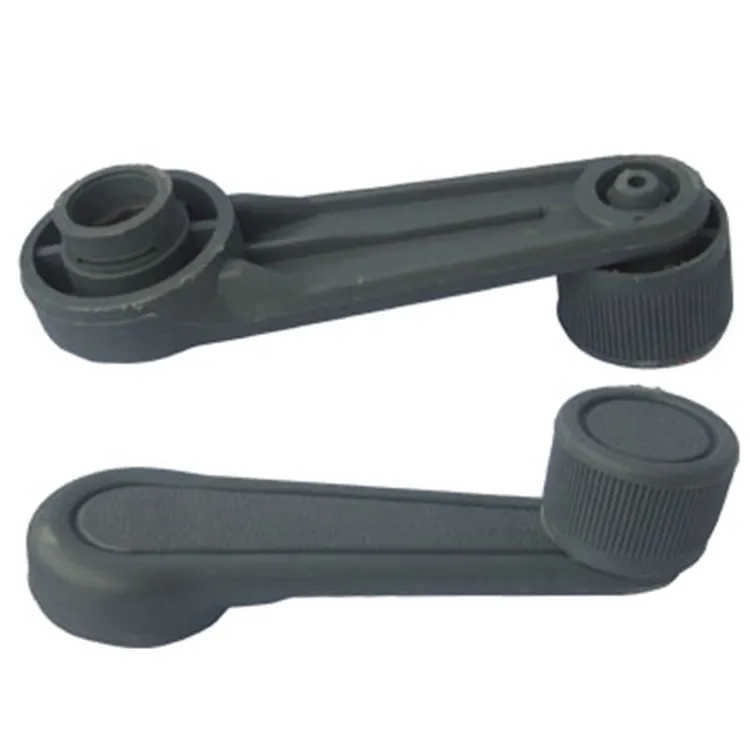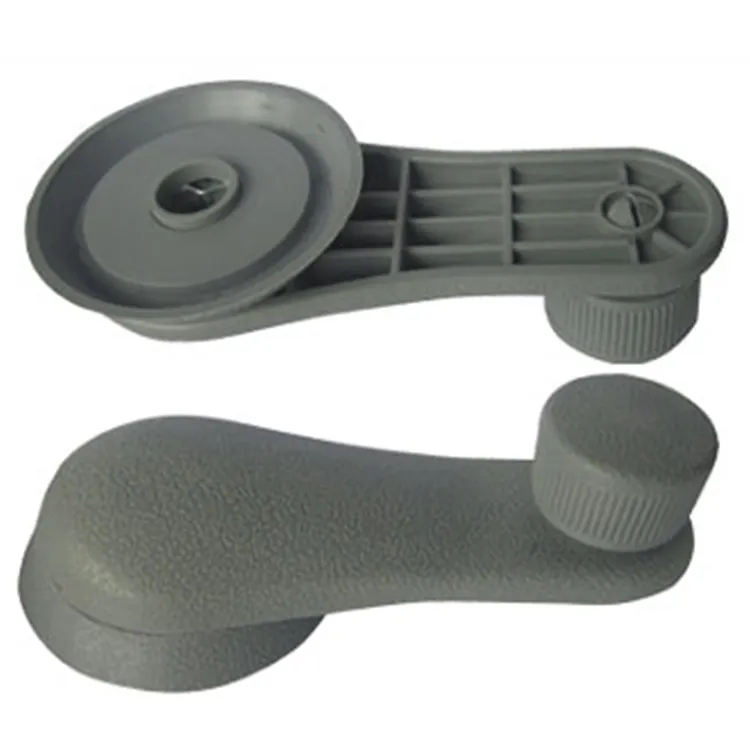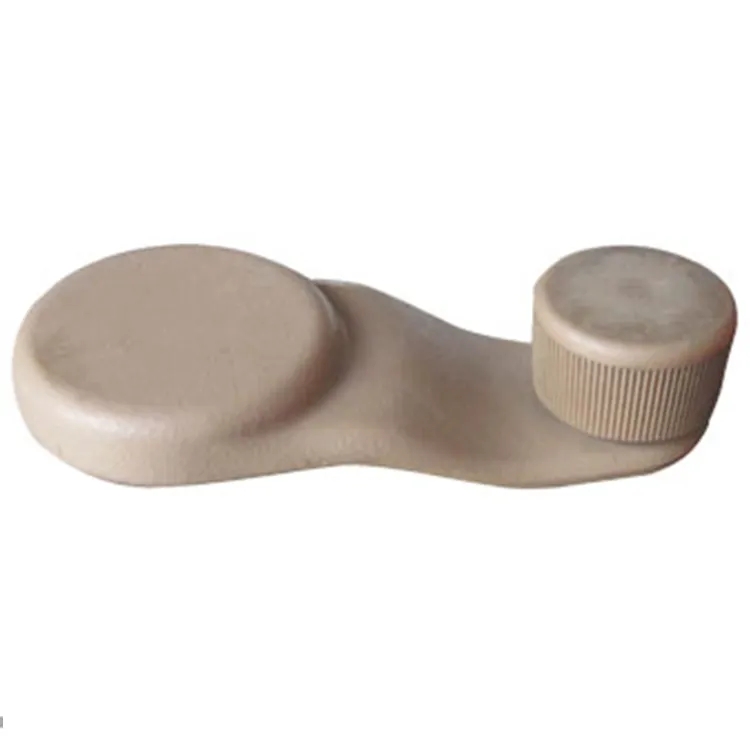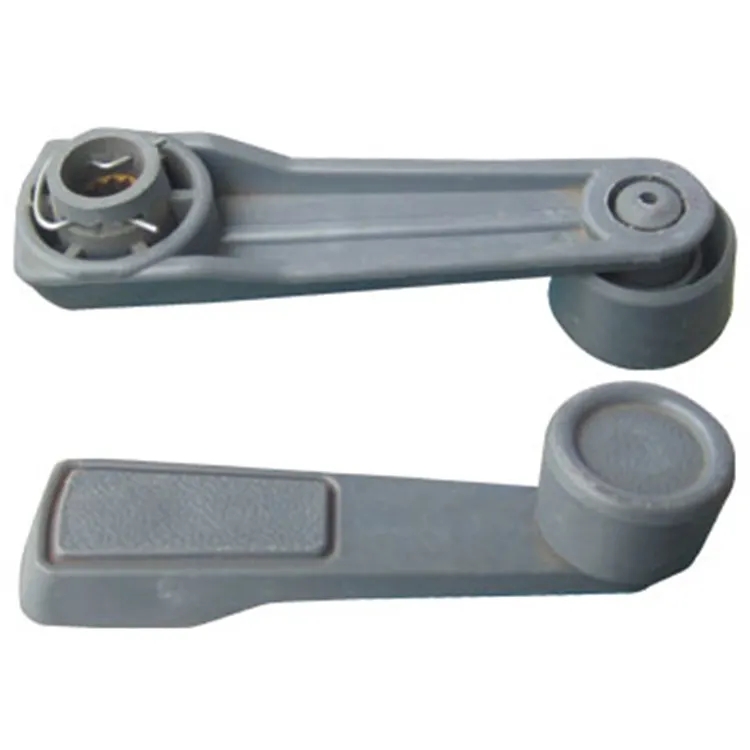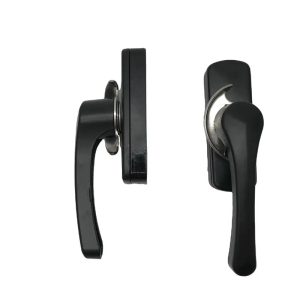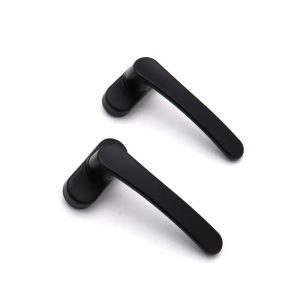The Essence of Window Crank Handles: Where Utility Meets Elegance in Architecture
Introduction
In the intricate landscape of architectural details, window crank handles emerge as essential components that seamlessly bridge the gap between functionality and visual aesthetics. These unassuming elements not only facilitate effortless window operation but also contribute to the overall visual appeal of architectural designs. This article delves into the multifaceted roles of window crank handles, their ergonomic advantages, material diversity, and the harmonious integration of practicality and design that they bring to architectural spaces.
Exploring the Depth of Window Crank Handle Functionality
Window crank handles serve as the tactile interface between inhabitants and their living spaces, offering an array of advantages that extend beyond their primary function:
1. Precision Control: A simple turn of the handle grants users precise control over window opening, enabling optimal airflow and ventilation adjustments.
2. Effortless Operation: Engineered for ergonomic comfort, crank handles ensure smooth and easy rotation, accommodating users of varying ages and abilities.
3. Elevated Security: Many modern crank handles incorporate locking mechanisms, enhancing security without compromising user convenience.
4. Aesthetic Fusion: These handles seamlessly integrate with diverse window styles, contributing to the cohesive visual flow of architectural designs.
5. Energy Efficiency: By facilitating controlled airflow, window crank handles actively contribute to energy-efficient environments, enhancing indoor comfort and reducing energy consumption.
Material Versatility and Finishing Flourish
The choice of materials and finishes plays a pivotal role in shaping the longevity and overall impact of window crank handles:
1. Robust Material Composition: Handles are often constructed from durable materials like stainless steel, aluminum, or resilient polymers, ensuring extended durability.
2. Surface Finishes: An array of surface finishes, from timeless brushed textures to contemporary chrome, offers customization to align with architectural aesthetics.
3. Corrosion Resistance: Materials with high corrosion resistance are particularly suited for environments exposed to moisture or harsh weather conditions.
Ergonomics and Architectural Harmony
Ergonomics and design coherence play a significant role in the selection of architectural hardware, including window crank handles:
1. Ergonomic Excellence: Crank handles are thoughtfully designed for optimal user comfort, boasting well-proportioned grips and smooth rotations.
2. Architectural Consistency: These handles contribute to design harmony by complementing the overarching architectural style, be it traditional or modern.
Conclusion
Window crank handles epitomize the seamless convergence of purpose and style, showcasing the delicate integration of architectural hardware and design aspirations. From regulating ventilation to enhancing security and comfort, these unassuming components play an essential role in contemporary construction. The ability of window crank handles to elevate both functionality and aesthetics reflects the art of harmonizing utility with sophistication in architectural design, shaping spaces that seamlessly embody efficiency and elegance.







